Home>Gardening & Outdoor>Landscaping Ideas>What Is Poa Annua Grass
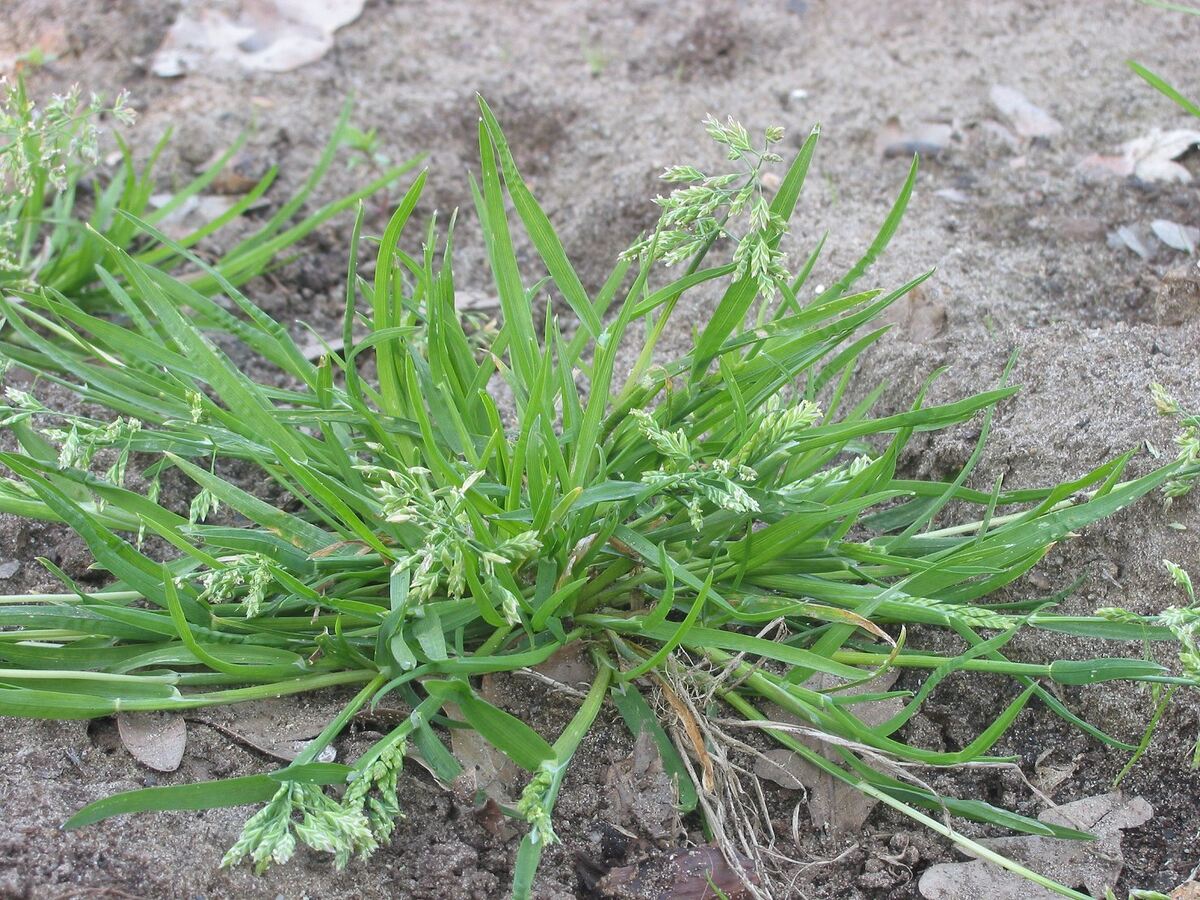

Landscaping Ideas
What Is Poa Annua Grass
Modified: March 24, 2024
Learn about the characteristics and control of Poa Annua grass in landscaping. Discover effective landscaping ideas to manage this common turfgrass.
(Many of the links in this article redirect to a specific reviewed product. Your purchase of these products through affiliate links helps to generate commission for Storables.com, at no extra cost. Learn more)
Introduction
Poa annua grass, also known as annual bluegrass, is a common and often misunderstood plant species that can be found in various landscapes, including lawns, golf courses, and parks. Despite its name, Poa annua is not limited to annual growth, as it can also exhibit perennial characteristics in certain environments. This grass species is known for its fine texture and vibrant green color, making it an attractive option for lawns and ornamental landscapes.
Understanding the nature of Poa annua grass is essential for effective landscaping and lawn maintenance. While it can contribute to the visual appeal of a lawn, its rapid growth and prolific seed production can pose challenges for property owners and groundskeepers. Therefore, gaining insight into the characteristics, growth patterns, and management strategies related to Poa annua grass is crucial for maintaining healthy and aesthetically pleasing landscapes.
In the following sections, we will delve into the various aspects of Poa annua grass, shedding light on its characteristics, growth habits, and effective management techniques. By exploring these facets, readers will gain valuable knowledge that can aid in making informed decisions regarding the presence of Poa annua grass in their landscapes. Let's embark on this journey to unravel the intricacies of Poa annua grass and discover the best practices for nurturing thriving and visually appealing outdoor spaces.
Key Takeaways:
- Poa annua grass is a vibrant and fast-growing plant that adds beauty to landscapes but can be tricky to manage due to its rapid spread and prolific seed production. Understanding its traits is crucial for maintaining healthy lawns and gardens.
- To control Poa annua grass, property owners and landscapers can use strategies like mowing, aeration, herbicides, and vigilant monitoring. By taking proactive steps, they can create resilient and visually appealing outdoor spaces while minimizing the impact of this grass species.
Read more: What Kills Poa Annua In Bermuda Grass
Characteristics of Poa Annua Grass
Poa annua grass, scientifically known as Poa annua, possesses a distinct set of characteristics that define its appearance and behavior. Understanding these traits is essential for effectively managing and maintaining landscapes where this grass species is present. Here are the key characteristics of Poa annua grass:
-
Appearance: Poa annua grass is characterized by its fine texture and vibrant green color, which contributes to its visual appeal in lawns and ornamental landscapes. The blades of this grass are typically slender and delicate, creating a soft and lush appearance when densely populated.
-
Growth Habit: As the name suggests, Poa annua is often associated with annual growth, meaning it completes its life cycle within a year. However, it can also exhibit perennial characteristics in certain environments, where it persists and regrows from the base of the plant. This dual growth habit adds complexity to its management and control.
-
Seed Production: One of the defining features of Poa annua grass is its prolific seed production. This grass species is known for its ability to produce a large number of seeds, contributing to its widespread presence in various landscapes. The seeds are small and can germinate rapidly, leading to the establishment of new plants and the expansion of existing populations.
-
Adaptability: Poa annua grass demonstrates a remarkable adaptability to diverse environmental conditions. It can thrive in a range of soil types and moisture levels, making it a resilient and persistent presence in lawns, golf courses, and other outdoor spaces. This adaptability contributes to its ability to establish and spread rapidly.
-
Challenges: While Poa annua grass can contribute to the visual appeal of landscapes, its rapid growth and prolific seed production can pose challenges for property owners and groundskeepers. Controlling its spread and managing its presence in lawns and ornamental areas require careful attention and strategic approaches.
Understanding these characteristics is crucial for developing effective strategies to manage and control Poa annua grass in various landscapes. By gaining insight into its appearance, growth habits, seed production, adaptability, and associated challenges, property owners and landscape professionals can make informed decisions regarding the presence of Poa annua grass in their outdoor spaces.
Growth and Spread of Poa Annua Grass
Poa annua grass exhibits remarkable growth and spread characteristics, contributing to its widespread presence in various landscapes. Understanding the factors that drive its proliferation is essential for implementing effective management and control strategies.
Rapid Growth:
Poa annua grass is known for its rapid growth, especially in favorable environmental conditions. It can quickly establish itself and spread across lawns, golf courses, and parks, creating dense populations within a short period. This rapid growth is attributed to its ability to germinate rapidly from seeds and develop into mature plants, contributing to its prolific presence in outdoor spaces.
Prolific Seed Production:
One of the primary mechanisms driving the spread of Poa annua grass is its prolific seed production. This grass species is capable of producing a large number of seeds, which are dispersed through various means, including wind, water, and human activities. The small and lightweight seeds can easily spread across landscapes, facilitating the establishment of new plants in diverse environments.
Read more: What Temperature Does Poa Annua Germinate
Environmental Adaptability:
Poa annua grass demonstrates a remarkable adaptability to diverse environmental conditions, further contributing to its growth and spread. It can thrive in a wide range of soil types and moisture levels, allowing it to establish itself in various landscapes. Additionally, its ability to tolerate fluctuations in temperature and light conditions enhances its resilience and persistence, enabling it to thrive in different regions.
Seasonal Variation:
The growth and spread of Poa annua grass exhibit seasonal variation, with distinct patterns observed throughout the year. In cooler climates, this grass species tends to thrive during the fall and spring seasons, taking advantage of favorable temperature and moisture conditions. During warmer months, its growth may slow down, but the seeds it produces can remain viable, contributing to future growth cycles.
Competitive Advantage:
Poa annua grass often competes with other turfgrass species for resources, creating challenges for maintaining diverse and balanced landscapes. Its rapid growth and prolific seed production provide it with a competitive advantage, allowing it to outcompete other grass species and establish dominant populations in lawns and ornamental areas.
Understanding the growth and spread patterns of Poa annua grass is crucial for developing targeted management approaches. By recognizing its rapid growth, prolific seed production, environmental adaptability, seasonal variation, and competitive advantage, property owners and landscape professionals can devise effective strategies to manage and control its presence in diverse landscapes. Implementing proactive measures to address its growth and spread can contribute to the maintenance of healthy and visually appealing outdoor spaces.
Management and Control of Poa Annua Grass
Effective management and control of Poa annua grass are essential for maintaining healthy and visually appealing landscapes. Given its rapid growth, prolific seed production, and environmental adaptability, implementing targeted strategies is crucial for addressing its presence in lawns, golf courses, and ornamental areas.
Read more: What Is Poa Grass
Cultural Practices:
Implementing cultural practices that promote the growth of desirable turfgrass species can help suppress the proliferation of Poa annua. This includes regular mowing at the appropriate height to encourage the development of a dense turf canopy, which can limit the establishment of Poa annua plants. Additionally, proper irrigation and fertilization practices can support the growth of desired grass species, reducing the available resources for Poa annua to thrive.
Aeration and Dethatching:
Aeration and dethatching can aid in managing Poa annua grass by improving soil conditions and reducing thatch accumulation. Core aeration helps alleviate soil compaction, promoting the growth of desirable turfgrass while creating unfavorable conditions for Poa annua. Dethatching removes excess organic matter, minimizing the habitat suitable for Poa annua seeds to germinate and establish.
Herbicidal Control:
Selective herbicides can be utilized to target and control Poa annua in lawns and turf areas. Herbicidal applications should be timed appropriately, considering the growth stage of Poa annua and the surrounding turfgrass species. Selective herbicides can effectively suppress Poa annua while preserving the integrity of desirable grass species, contributing to a balanced and visually appealing lawn.
Integrated Pest Management (IPM):
Adopting an integrated pest management approach can enhance the control of Poa annua grass while minimizing environmental impact. This holistic strategy involves combining cultural, biological, and chemical control methods to manage Poa annua populations effectively. By integrating various control tactics, property owners and landscape professionals can address Poa annua infestations comprehensively, promoting sustainable and resilient landscapes.
Read more: What Is Lemongrass For
Overseeding and Renovation:
Overseeding with desirable turfgrass species can help compete with and suppress the growth of Poa annua. Introducing competitive grass varieties can contribute to the development of a diverse and resilient turf, reducing the opportunities for Poa annua to establish and spread. Additionally, renovation practices, such as overseeding and soil amendments, can improve turf density and vigor, creating an environment less conducive to Poa annua proliferation.
Vigilant Monitoring:
Regular monitoring of landscapes is crucial for early detection and intervention against Poa annua infestations. By staying vigilant and identifying Poa annua populations in their early stages, property owners and groundskeepers can implement targeted control measures, preventing the widespread establishment of this grass species. Vigilant monitoring also allows for timely adjustments to management strategies based on the evolving dynamics of Poa annua populations.
By integrating these management and control strategies, property owners and landscape professionals can effectively address the presence of Poa annua grass in diverse outdoor spaces. Implementing proactive measures and adopting a multifaceted approach can contribute to the maintenance of healthy, resilient, and visually appealing landscapes, minimizing the impact of Poa annua on overall turf quality and aesthetics.
Conclusion
In conclusion, Poa annua grass, with its fine texture, vibrant green color, and rapid growth, presents both aesthetic appeal and management challenges in various landscapes. Understanding the characteristics, growth patterns, and effective management strategies related to Poa annua is essential for maintaining healthy and visually appealing outdoor spaces.
The distinct characteristics of Poa annua, including its appearance, growth habit, prolific seed production, adaptability, and associated challenges, provide valuable insights for property owners and landscape professionals. By recognizing its rapid growth, environmental adaptability, and competitive advantage, proactive measures can be implemented to address its presence in lawns, golf courses, and ornamental areas.
Effective management and control strategies, such as cultural practices, aeration and dethatching, herbicidal control, integrated pest management, overseeding and renovation, and vigilant monitoring, offer comprehensive approaches to mitigate the impact of Poa annua grass on turf quality and aesthetics. By integrating these strategies, property owners and landscape professionals can foster resilient and visually appealing landscapes while minimizing the proliferation of Poa annua.
In essence, the management and control of Poa annua grass require a multifaceted approach that considers the unique characteristics and growth patterns of this grass species. By leveraging targeted strategies and proactive measures, property owners and groundskeepers can effectively address the challenges posed by Poa annua, contributing to the maintenance of healthy, diverse, and visually appealing outdoor spaces.
By gaining a deeper understanding of Poa annua grass and implementing informed management practices, property owners and landscape professionals can navigate the complexities associated with this grass species, ultimately fostering thriving and aesthetically pleasing landscapes for the enjoyment of all.
Frequently Asked Questions about What Is Poa Annua Grass
Was this page helpful?
At Storables.com, we guarantee accurate and reliable information. Our content, validated by Expert Board Contributors, is crafted following stringent Editorial Policies. We're committed to providing you with well-researched, expert-backed insights for all your informational needs.
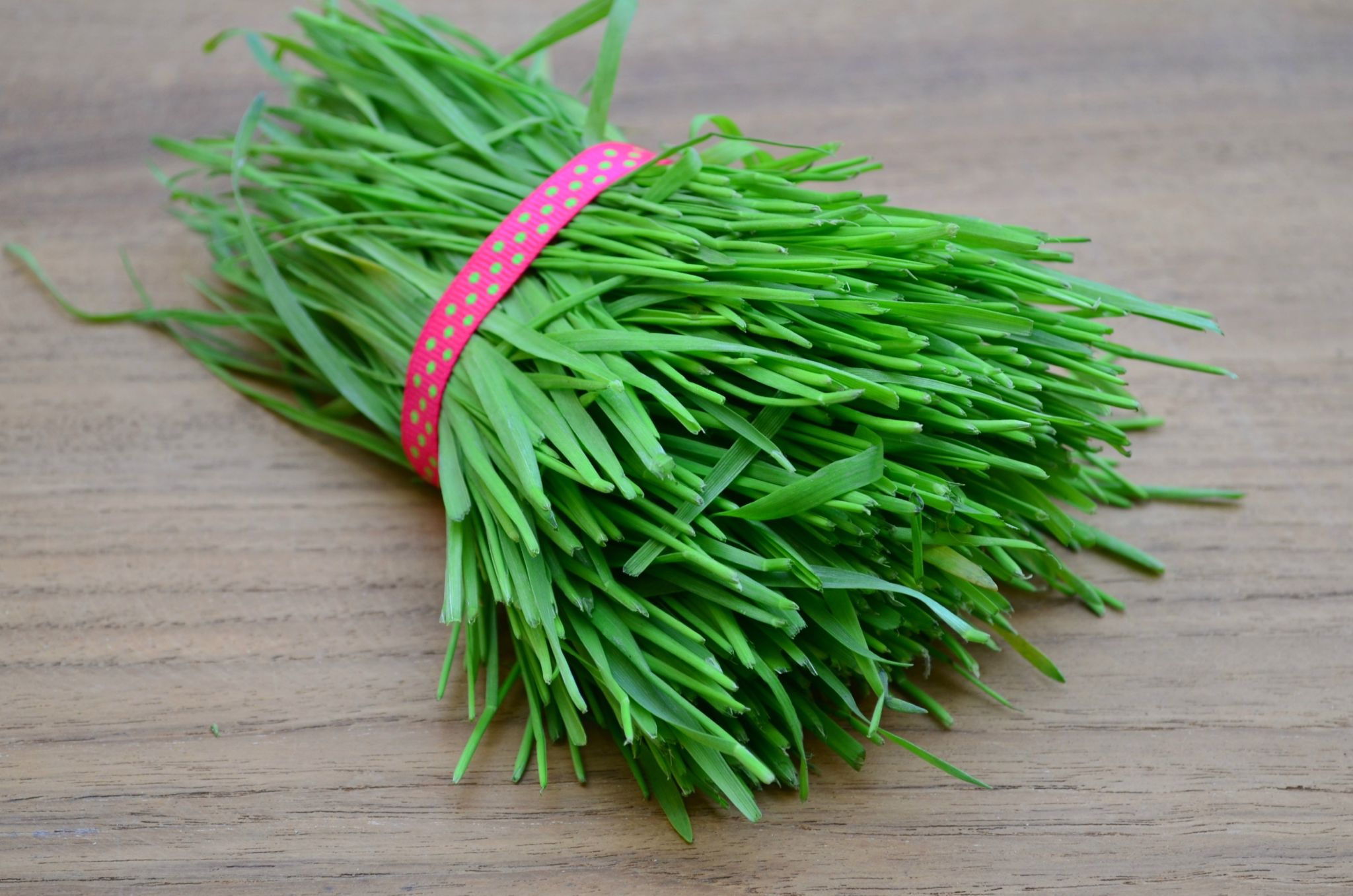
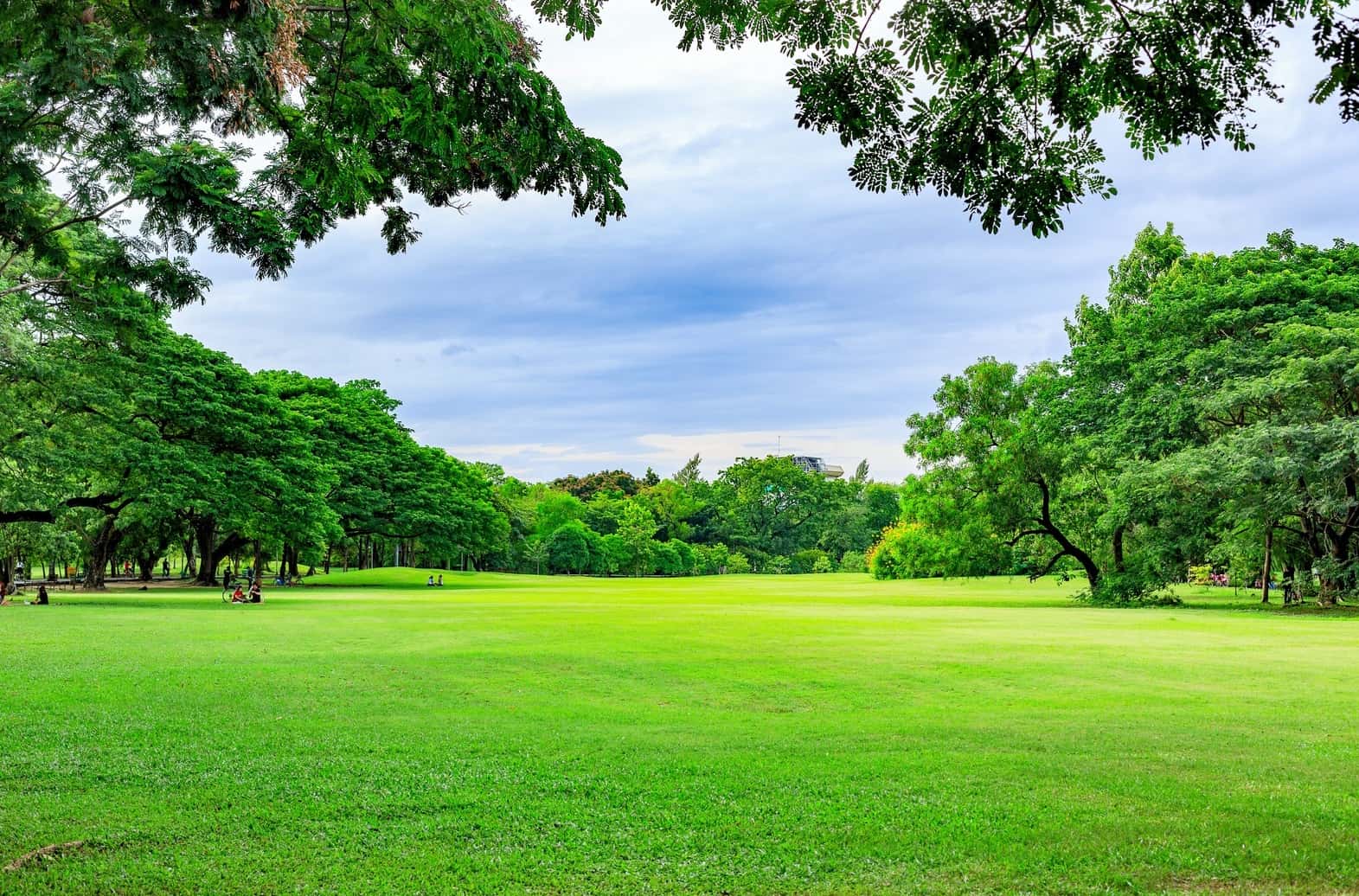
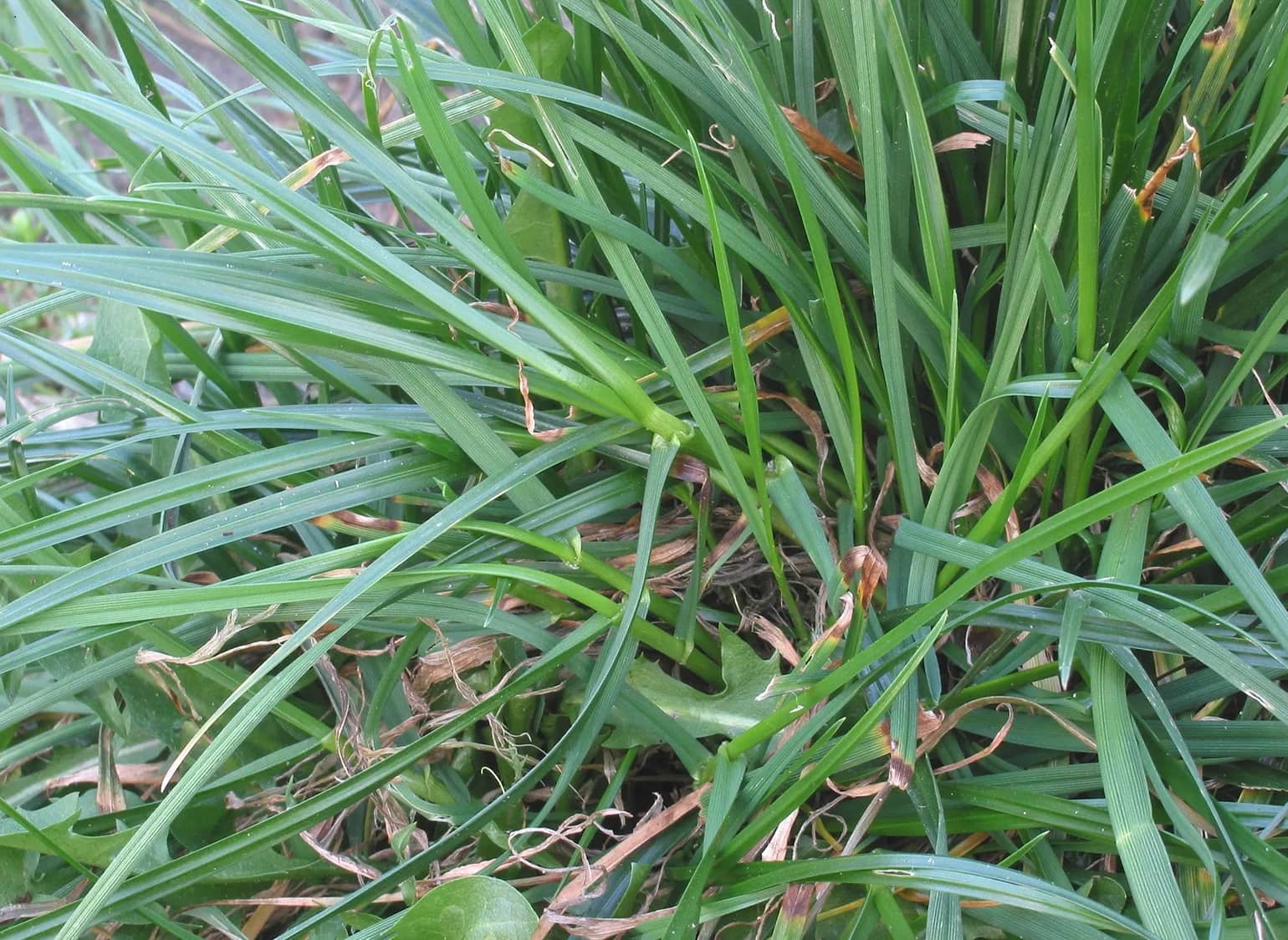
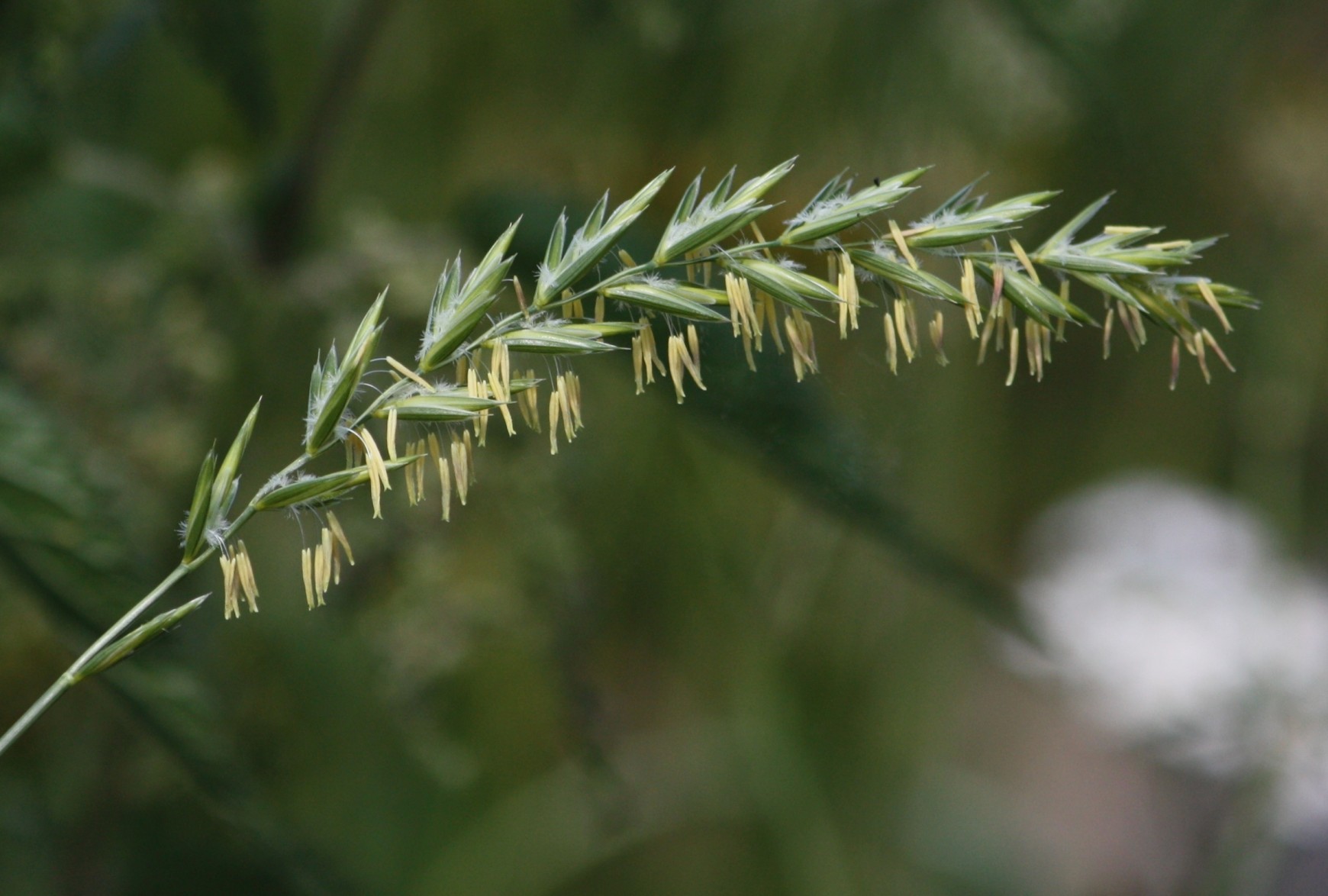
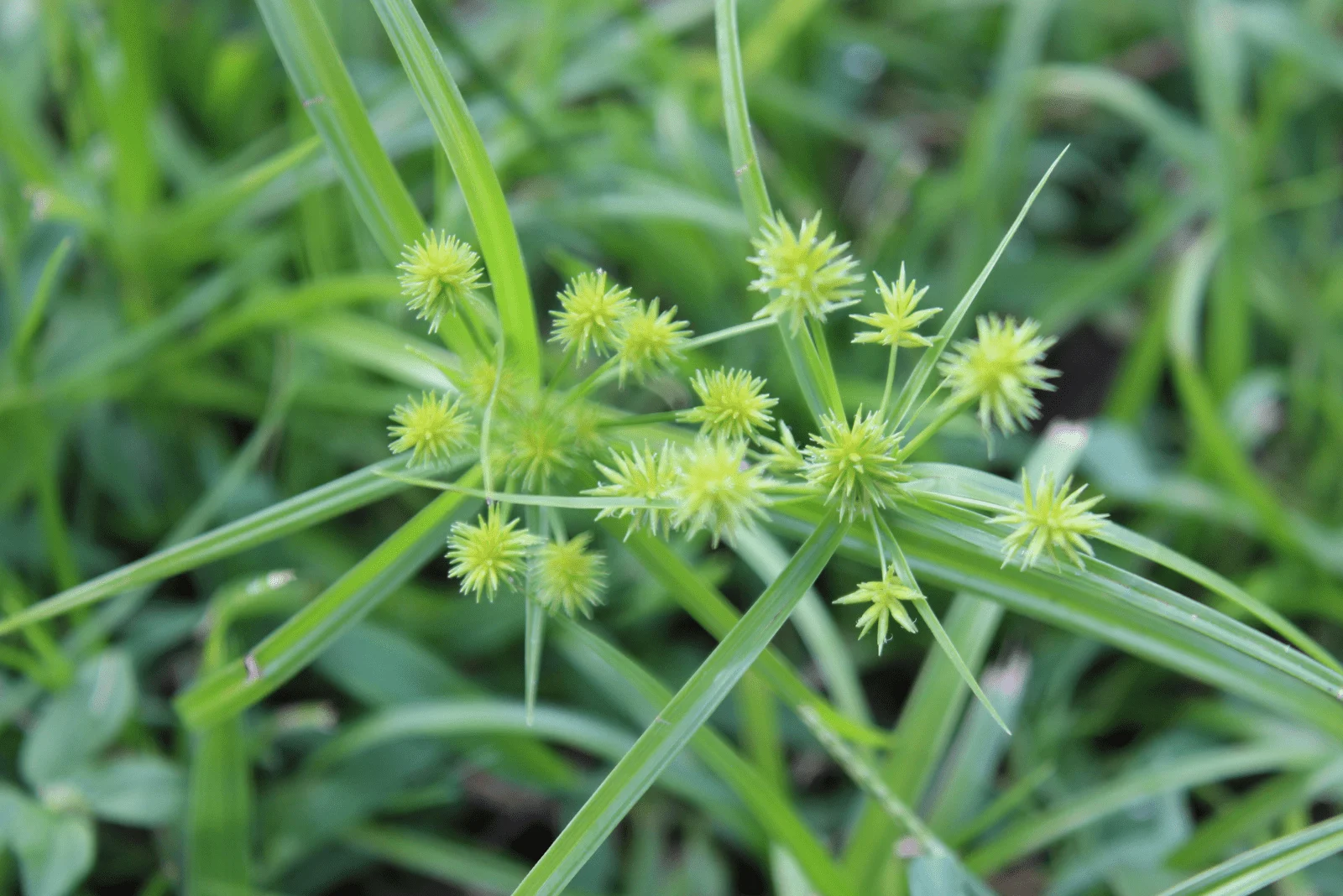
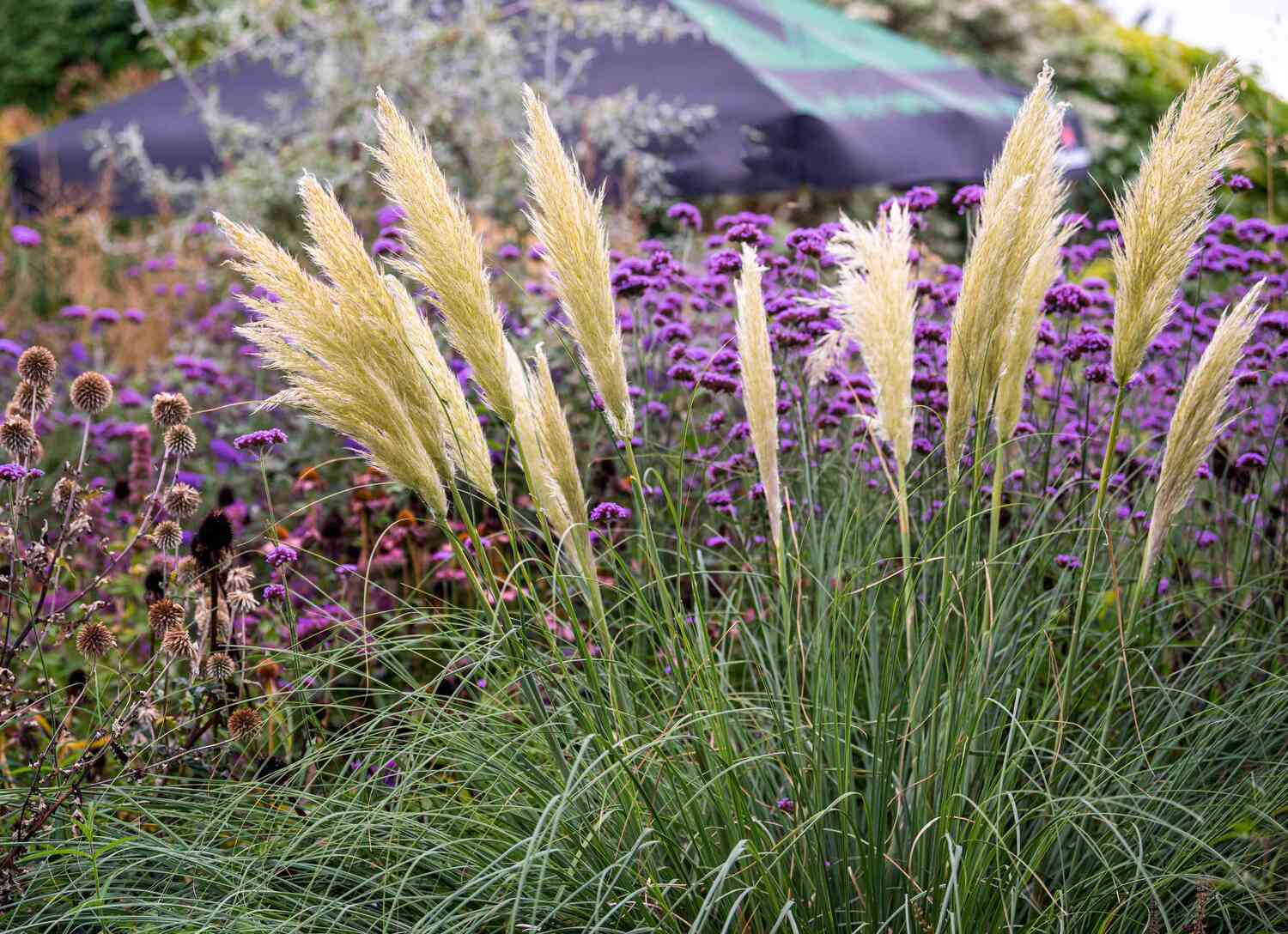
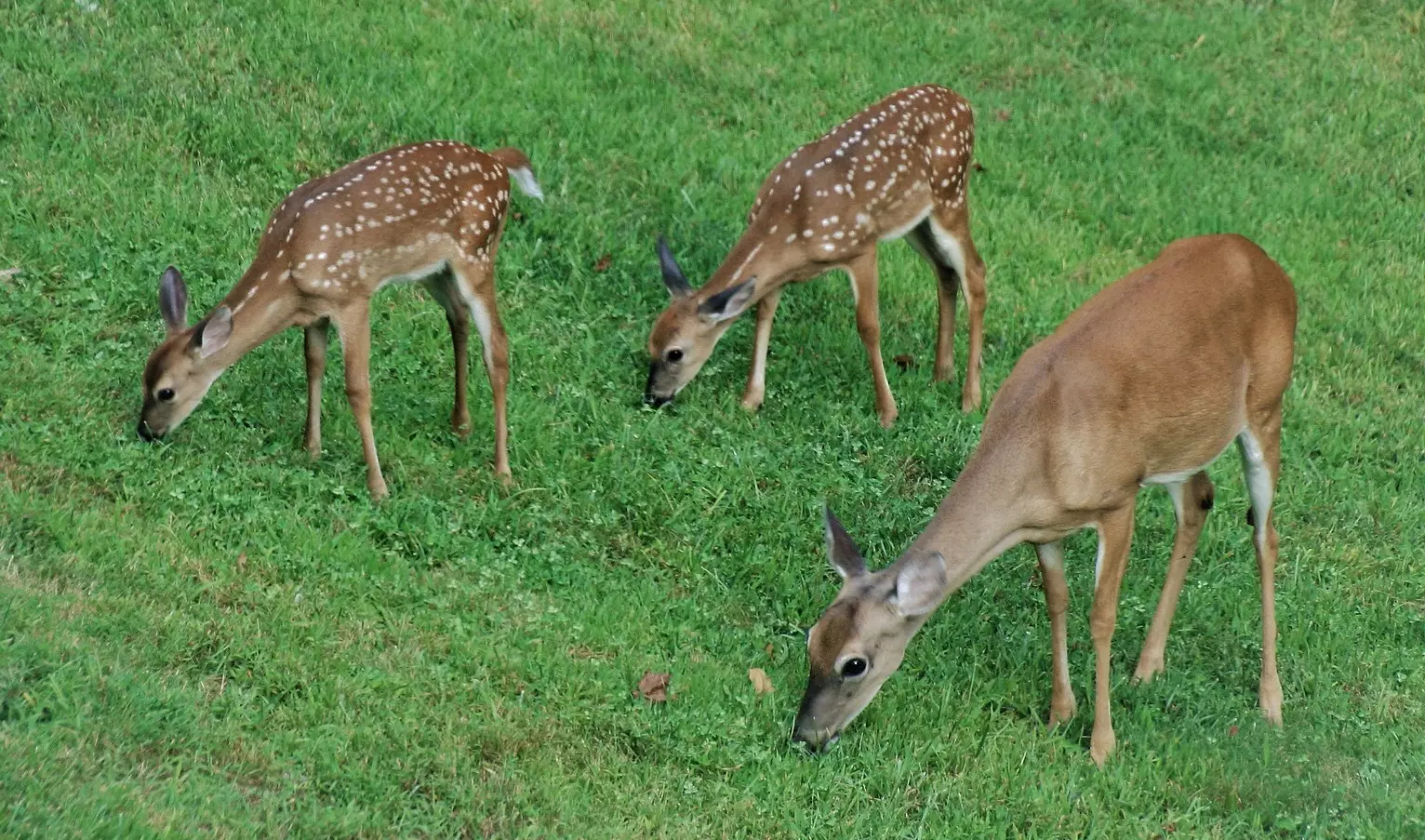
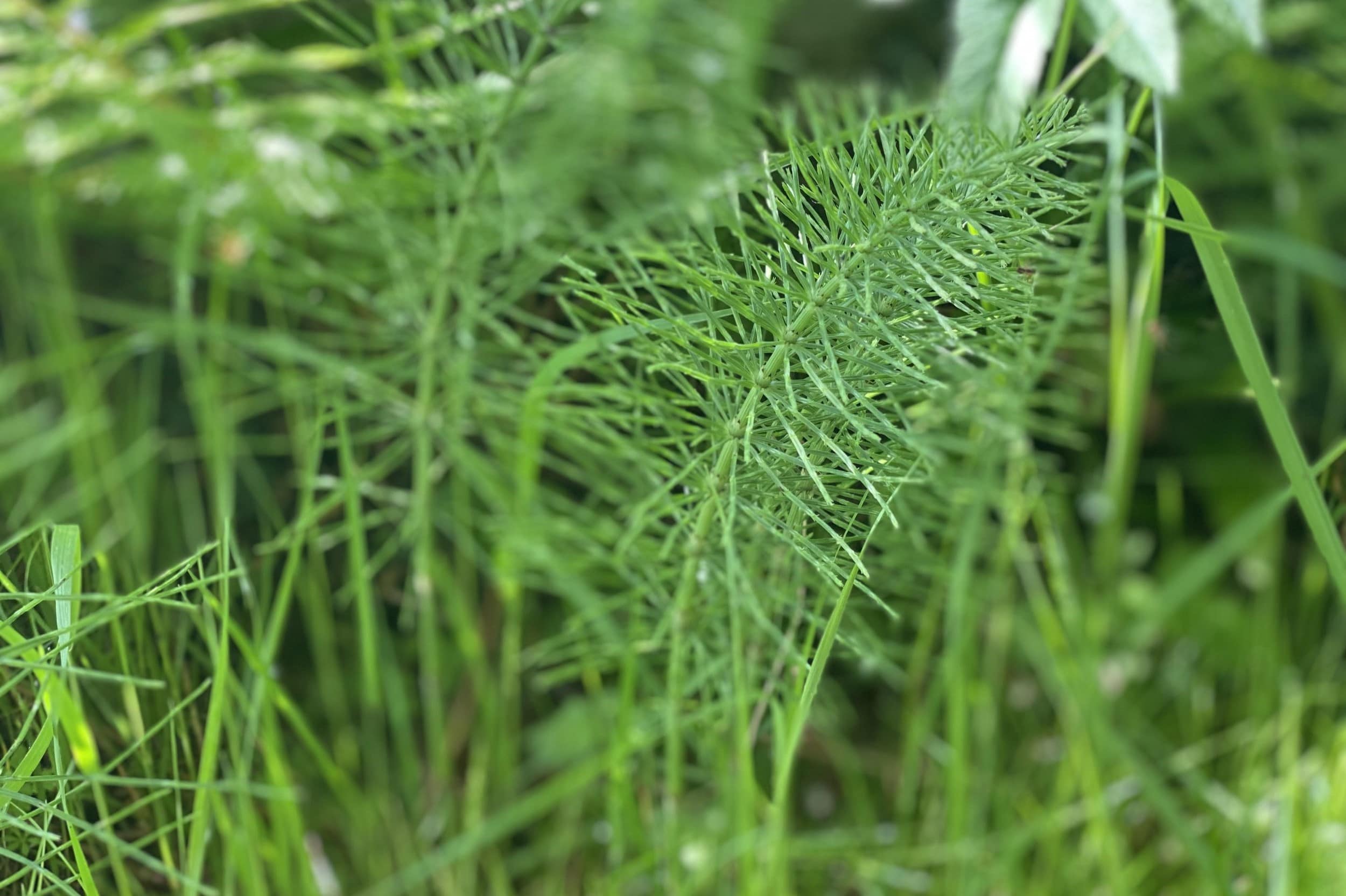
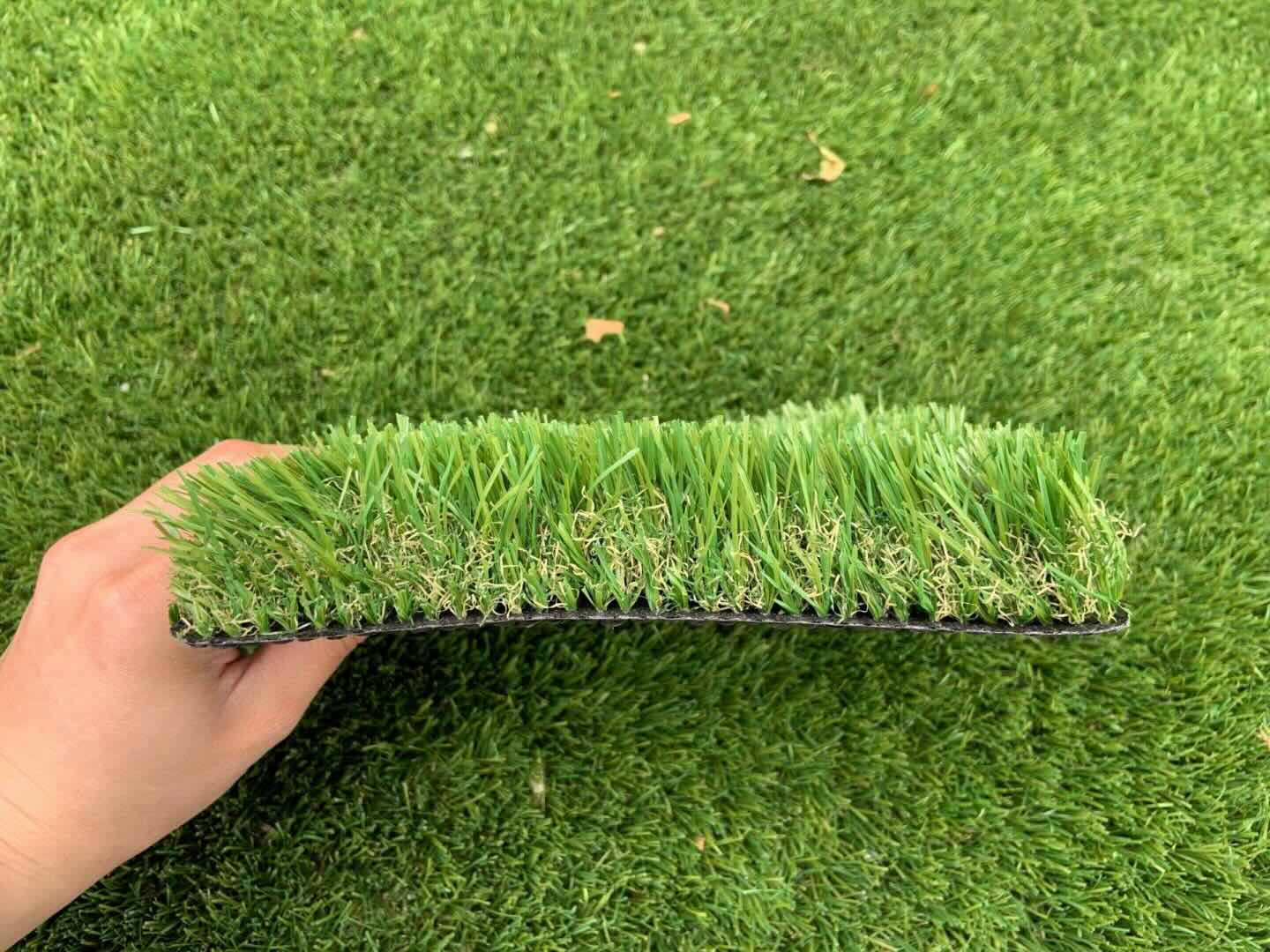
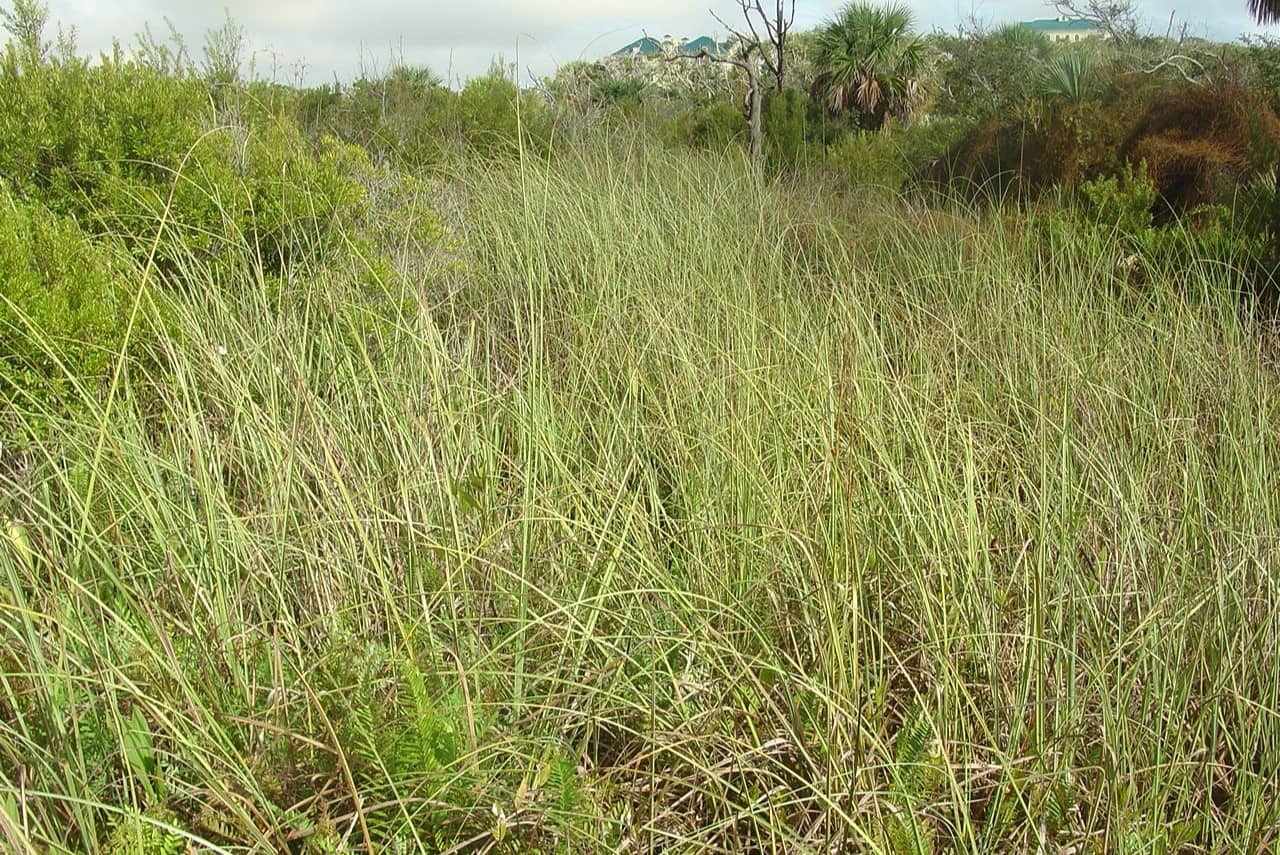
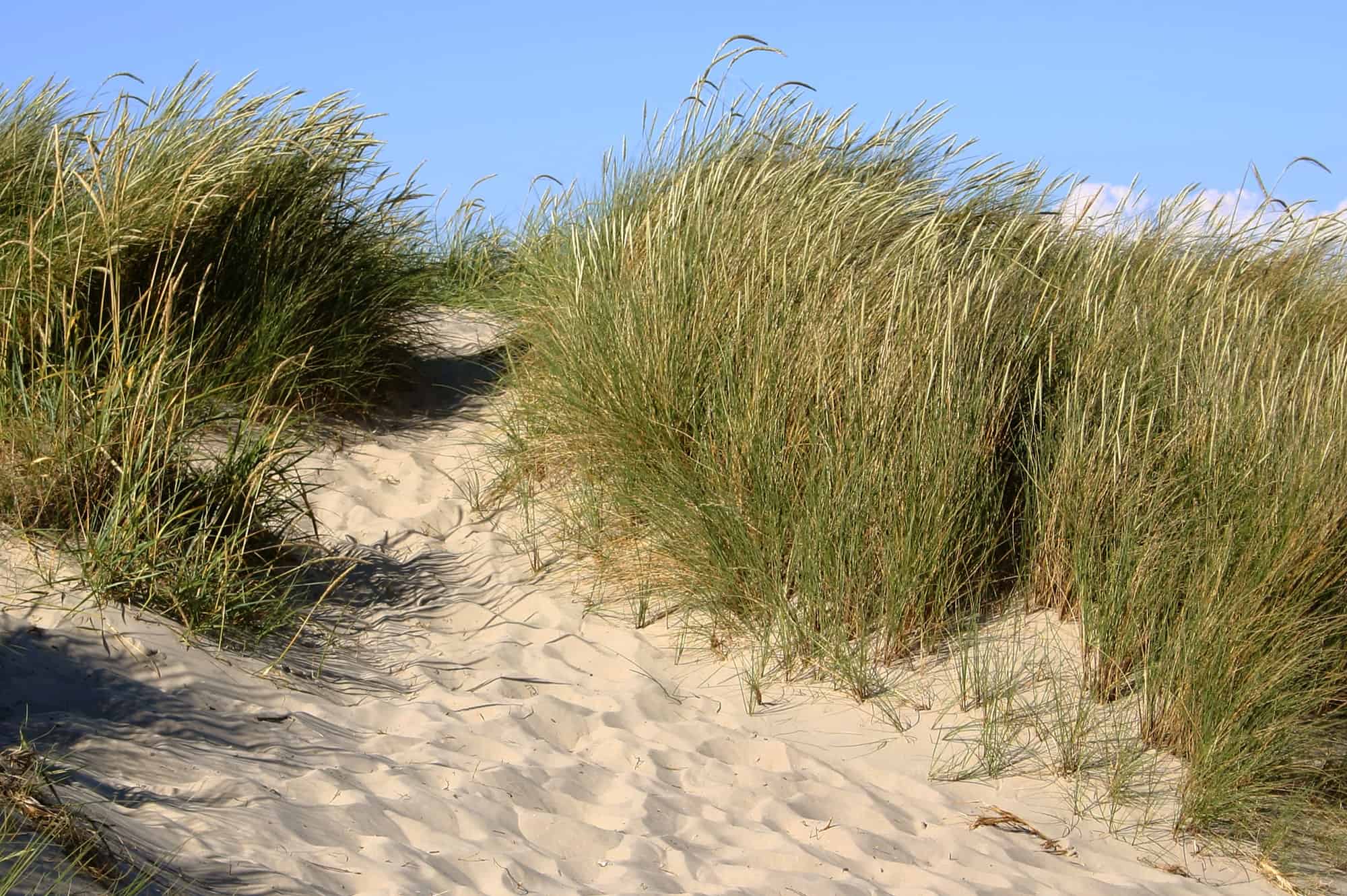
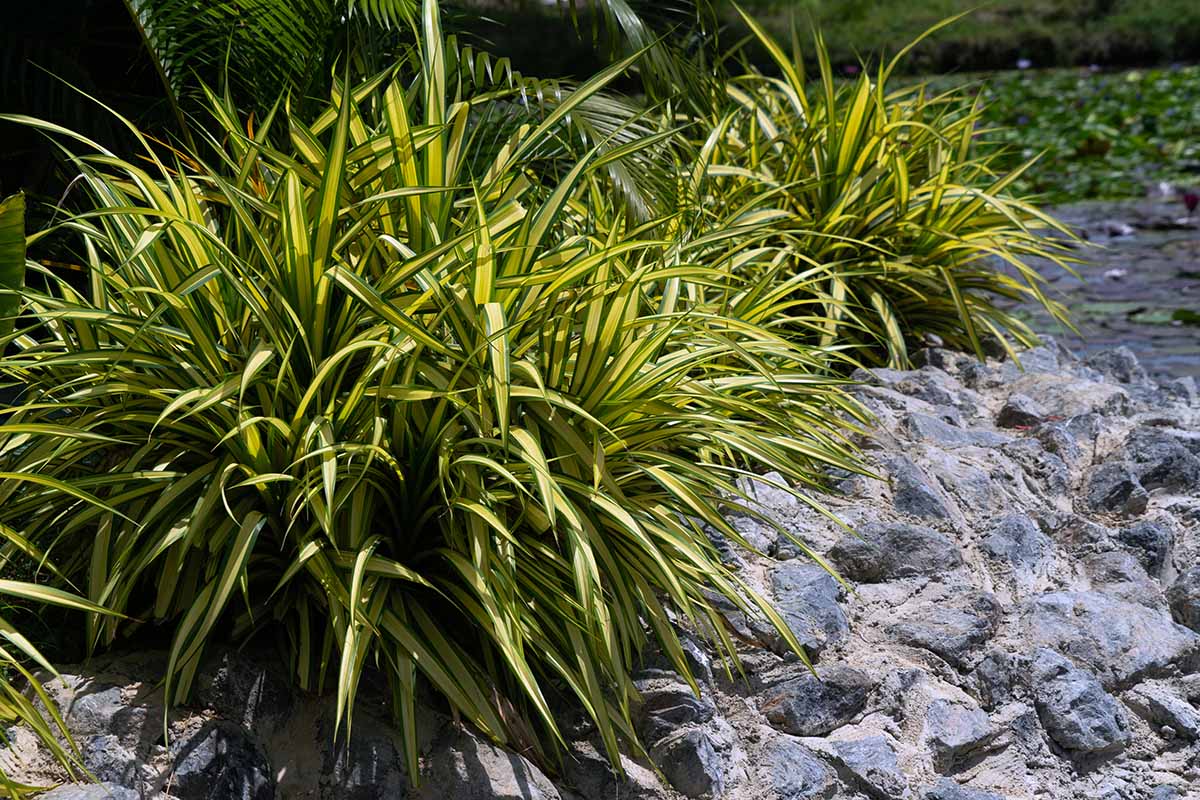

0 thoughts on “What Is Poa Annua Grass”